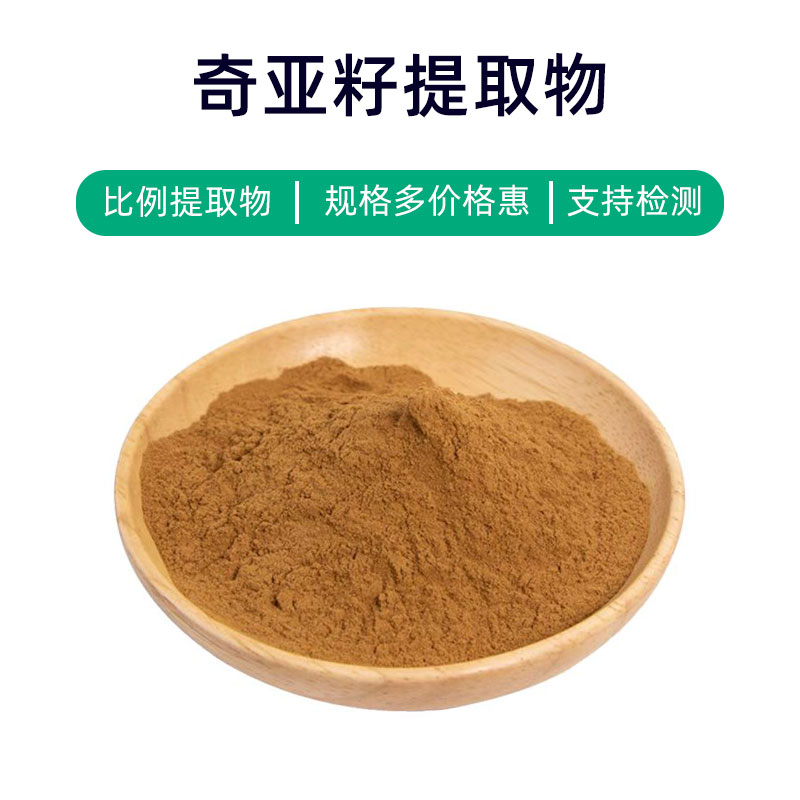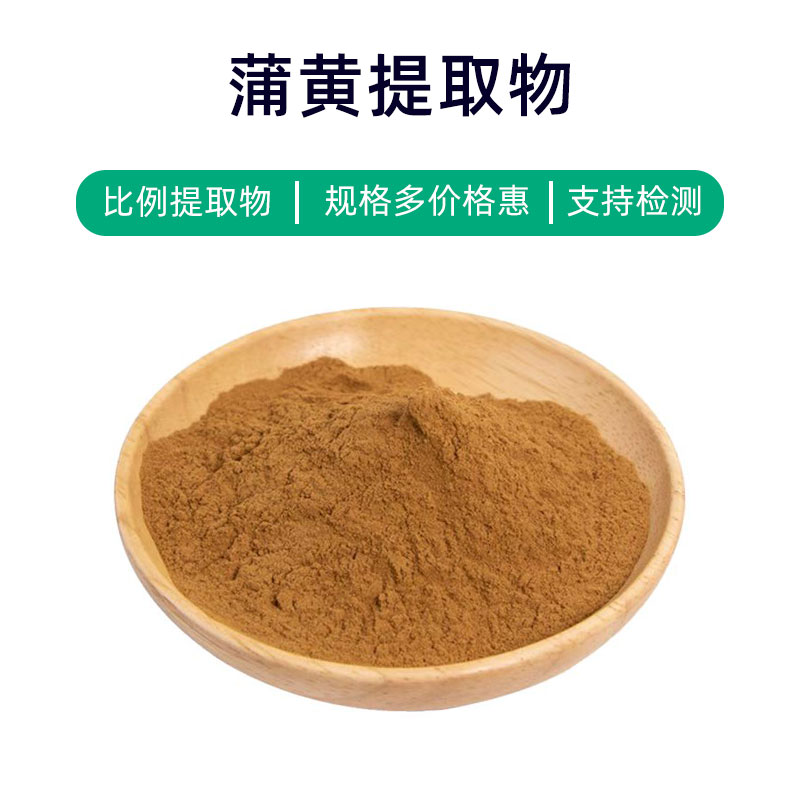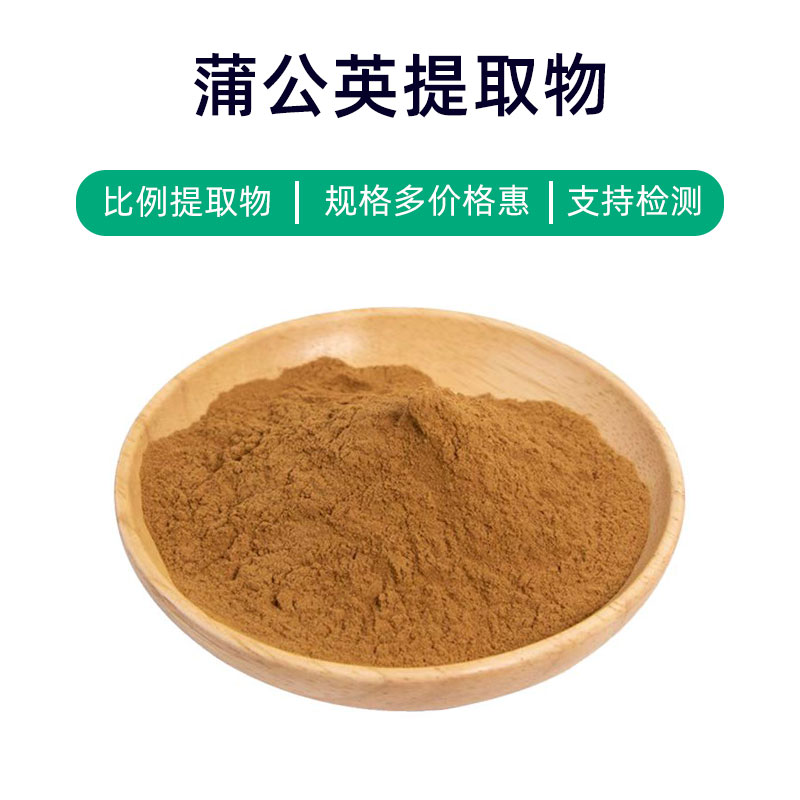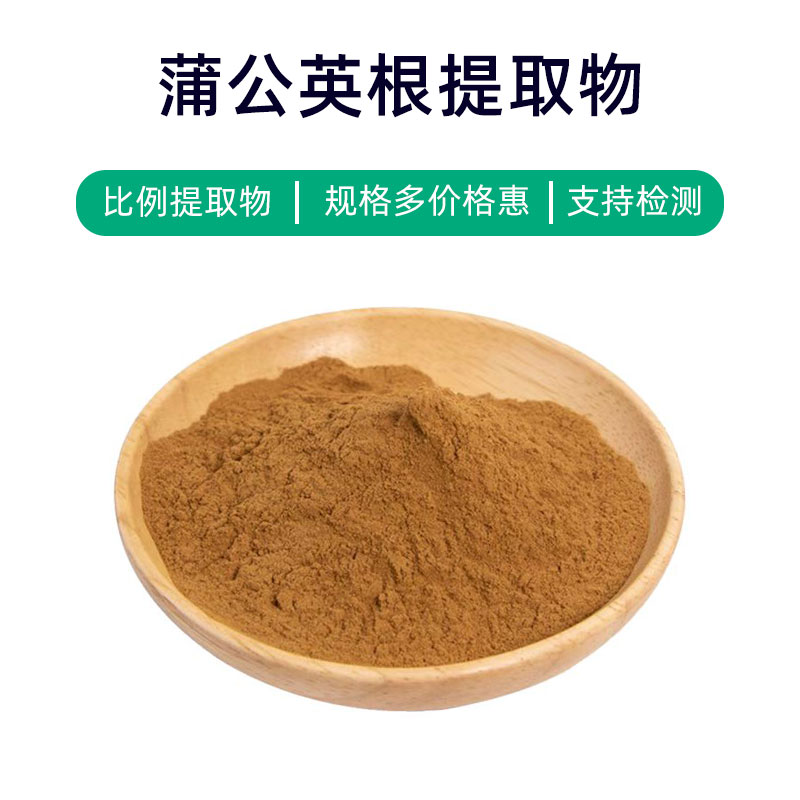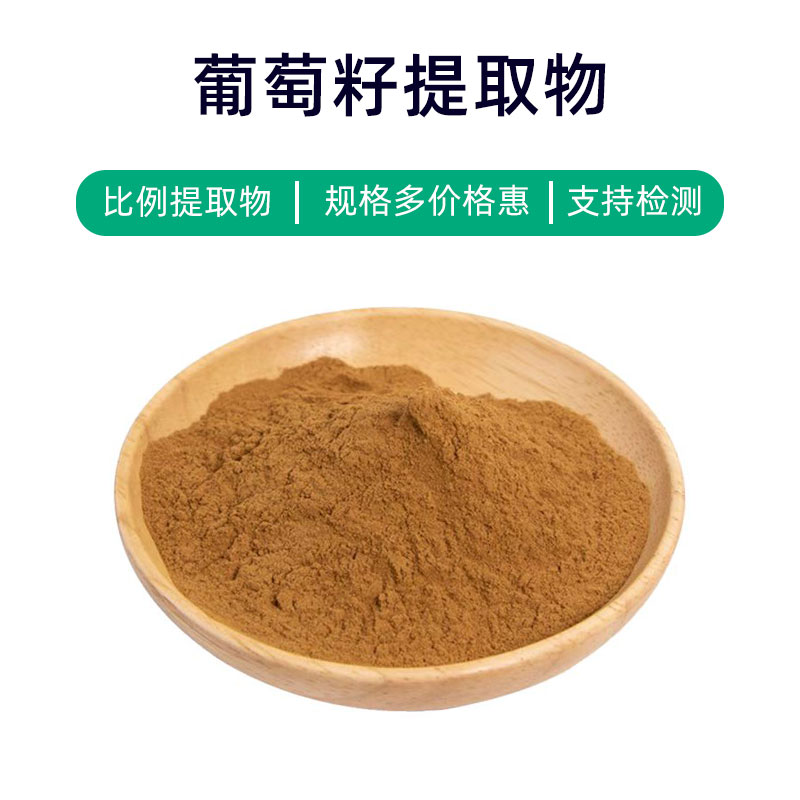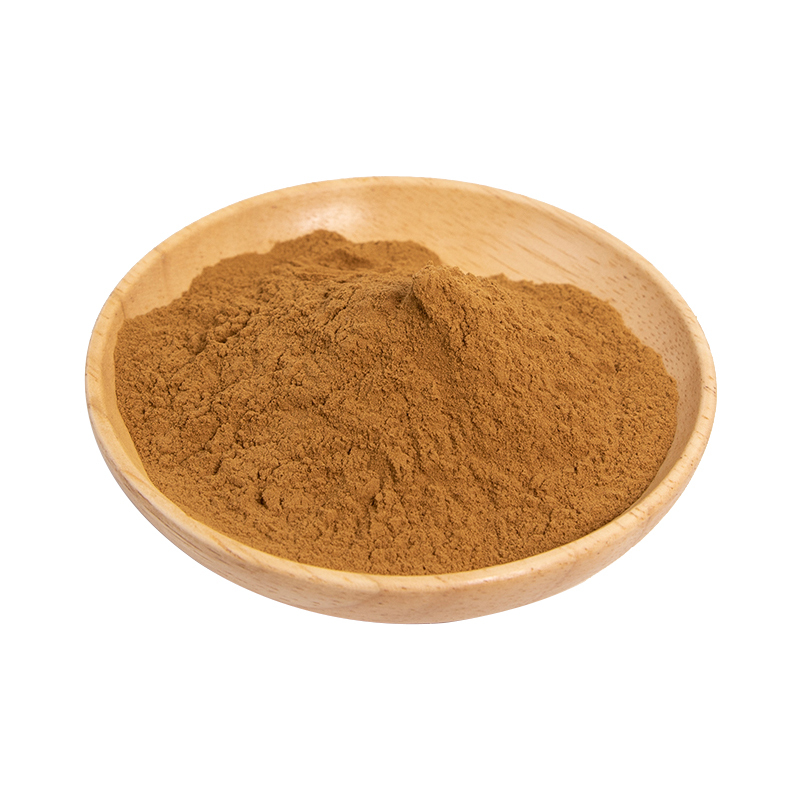Introduction to Cinnamon Twig Extract
Cinnamon twig extract is a natural plant extract derived from cinnamon twigs, primarily composed of volatile oil compounds like cinnamaldehyde and cinnamic acid, along with flavonoids and flavonols. These components give cinnamon twig extract various effects and applications.
Firstly, cinnamon twig extract possesses antioxidant and anti-inflammatory properties, helping to reduce free radical damage, prevent inflammatory responses, and protect cells from oxidative stress.
Secondly, it shows beneficial effects in regulating blood sugar and blood lipids, aiding in lowering glucose and lipid levels and improving blood circulation, which can help prevent cardiovascular diseases.
Additionally, cinnamon twig extract has antibacterial and antiviral properties, inhibiting the growth of bacteria and viruses, thus helping to prevent and treat infectious diseases.
In terms of applications, cinnamon twig extract is widely utilized in the fields of medicine, dietary supplements, and cosmetics. In medicine, it is often used to prepare traditional Chinese medicine formulas, such as Gan Mao Ling, for treating colds and arthritis. In dietary supplements, it is made into oral liquids and capsules for blood sugar regulation and immune enhancement. In cosmetics, cinnamon twig extract is commonly found in skincare products, offering antioxidant and anti-aging benefits, improving skin texture, and reducing wrinkles and pigmentation.
Overall, as a natural plant extract, cinnamon twig extract has multiple benefits and broad application areas, receiving significant attention and use in the medical, dietary supplement, and cosmetic industries.
Cinnamon Twig Extract Production Process
The production process of cinnamon twig extract typically includes the following main steps:
- Raw Material Preparation: First, fresh cinnamon twigs are prepared as the extraction material. The twigs should be chosen from healthy, pest-free plants, then washed and processed to remove impurities.
- Crushing and Grinding: Clean twigs are crushed and ground to increase surface area, facilitating the subsequent extraction process.
- Extraction: The crushed twigs are placed in extraction equipment, employing suitable solvents (such as ethanol or water) for extraction. Parameters including temperature, time, and solvent concentration are controlled to ensure extraction efficiency and the quality of the extracted material.
- Filtration and Concentration: The extract is filtered to remove solid residues and then the solvent is removed via evaporation or other methods, resulting in a concentrated extract.
- Refinement: The concentrated extract may contain impurities that require further refinement, such as precipitation, crystallization, or vacuum distillation, to improve the purity of the extract.
- Drying: The refined extract is dried to remove residual moisture, enhancing stability and shelf life.
- Packaging and Storage: Finally, the dried extract is packaged in a sealed manner to prevent moisture and oxidation. The extract should be stored in a cool, dry place away from direct sunlight and high temperatures to maintain stability and quality.
These are general production process steps for cinnamon twig extract, where each step requires strict control of operational conditions and quality standards to ensure the quality and safety of the final product.
Effects and Side Effects of Cinnamon Twig Extract
Cinnamon twig extract is a commonly used herbal material, with various benefits and effects, primarily including the following aspects:
- Warming Yang and Dispelling Cold: Cinnamon twig extract is considered to have warming properties, capable of warming the body and dispelling cold, providing relief for those with cold body constitution or symptoms caused by cold.
- Promoting Blood Circulation: The extract contains components that enhance blood circulation, reduce blood coagulation, and alleviate issues caused by blood stagnation, such as pain and bruising.
- Releasing the Exterior and Dispelling Cold: Cinnamon twig extract is effective for relieving exterior wind-cold symptoms, such as colds, headaches, and body aches, promoting sweating to alleviate symptoms.
- Regulating Menstruation and Relieving Pain: In traditional Chinese medicine, it is commonly used to regulate menstruation and relieve menstrual pain, offering relief for menstrual irregularities and dysmenorrhea.
- Boosting Immunity: Rich in nutrients and antioxidants, cinnamon twig extract can enhance immune function, helping to improve the body’s resistance to infections.
- Promoting Digestion: The extract can stimulate digestive processes, increasing gastric juice secretion and promoting intestinal motility, thus aiding in food digestion and alleviating digestive issues.
While cinnamon twig extract has multiple benefits, attention should be paid to the following points during use:
- Individual Differences: Reactions to cinnamon twig extract may vary due to individual constitutions, and some may experience allergic or adverse reactions, necessitating cautious consideration prior to use.
- Moderate Use: Dosage should be guided by a healthcare professional, ensuring not to exceed recommended amounts to avoid adverse effects.
- Caution for Pregnant Women: Pregnant women should use cinnamon twig extract cautiously, especially in high doses, to avoid impacting fetal development or inducing adverse reactions.
- Drug Interactions: Cinnamon twig extract may interact with other medications, potentially enhancing side effects or reducing efficacy; thus, caution is advised when using it alongside other drugs.
In summary, cinnamon twig extract, as an herbal material, has widespread applications in traditional Chinese medicine, but caution and adherence to professional guidance are essential to ensure safe and effective use.
Applications and Dosage of Cinnamon Twig Extract
As an important herbal material, cinnamon twig extract has wide applications in medicine, food, and cosmetics. Below are the primary applications and dosages in these fields:
- Medical Applications:
- Widely used in traditional Chinese medicine for treating wind-cold-type colds, headaches, and muscle soreness.
- Dosage: Commonly administered as decoction, infused in alcohol, or cooked in soups, typically ranging from 3-9 grams per dose, adjustable based on condition and individual constitution.
- Food Applications:
- Used as a food additive, imparting unique flavors and aromas to food, such as cinnamon twig candied hawthorn and cinnamon twig tea.
- Dosage: Added in moderation based on the type of food and personal taste, generally not exceeding 1% of the total food weight.
- Cosmetic Applications:
- Due to its antioxidant, antibacterial, and whitening properties, it is commonly used in skincare products such as masks and creams.
- Dosage: Typically a part of formulations, added as required, generally ranging from 0.1%-5%.
In summary, cinnamon twig extract's applications differ across fields but are based on its warming, therapeutic, and blood-promoting effects. Usage should be tailored to specific conditions while adhering to relevant regulations and standards to ensure product safety and efficacy.
Source Plant of Cinnamon Twig Extract: Introduction, Distribution, and Growth Environment
Cinnamon twig extract is derived from the cinnamon twig (scientific name: Cinnamomum cassia), which is one of the commonly used herbal materials with significant medicinal value. Below is an introduction to the source plant, its distribution, and growth environment:
- Source Plant:
- Scientific Name: Cinnamomum cassia, belonging to the Lauraceae family, it is an evergreen tree or shrub.
- Features: The cinnamon tree grows tall with dark brown bark, a robust trunk, leathery, elliptical leaves, deep green color, and wavy-edged leaf margins.
- Distribution:
- Native to China, primarily found in southern regions such as Yunnan, Guangxi, Guangdong, and Fujian.
- Beyond China, it is also widely distributed in other parts of Asia, including Vietnam, Thailand, and Indonesia.
- Growth Environment:
- Cinnamon prefers warm and humid climates, showing strong adaptability and shade tolerance.
- Altitude: Typically grows at elevations between 200-1500 meters, though varieties can be found in higher altitude regions.
- Soil: Well-suited to fertile, well-drained sandy loam soils.
Overall, cinnamon is an evergreen tree or shrub native to southern China and Southeast Asia, thriving in warm and humid climates with strong adaptability. Its bark and leaves contain rich medicinal components, widely utilized in traditional medicine, food, and cosmetics.
Processing and Storage of Cinnamon Twig Extract
The processing and storage of cinnamon twig extract are critical steps to ensure its quality and stability:
- Processing: Cinnamon is typically extracted through steam distillation or solvent extraction, followed by filtering, concentrating, and drying to produce the extract.
- Storage: Cinnamon twig extract should be kept in a dry, cool, and ventilated area, away from direct sunlight and humid environments to prevent mold and oxidation. It should be sealed to avoid air exposure and extend its shelf life.
- Packaging: The extract is usually packaged in sealed containers, such as aluminum foil bags or glass bottles with lightproof, oxygen-proof, and moisture-proof properties to protect the extract’s stability and purity.
- Precautions: During storage, regular checks on the appearance and odor of the extract are essential; any noticeable changes should prompt immediate action or disposal to avoid affecting future applications and effectiveness.
In summary, proper processing and careful storage are vital to ensure the quality and effectiveness of cinnamon twig extract, thereby guaranteeing its application results in medicine, food, and cosmetics.
Monica Sun is a seasoned expert in the plant extraction industry with over a decade of experience in research and production. She specializes in the extraction and purification of plant active ingredients, focusing on driving innovation in natural product applications. Monica has participated in the development of multiple functional plant extracts, delivering high-value natural raw material solutions for the health food, pharmaceutical, and dietary supplement sectors.









